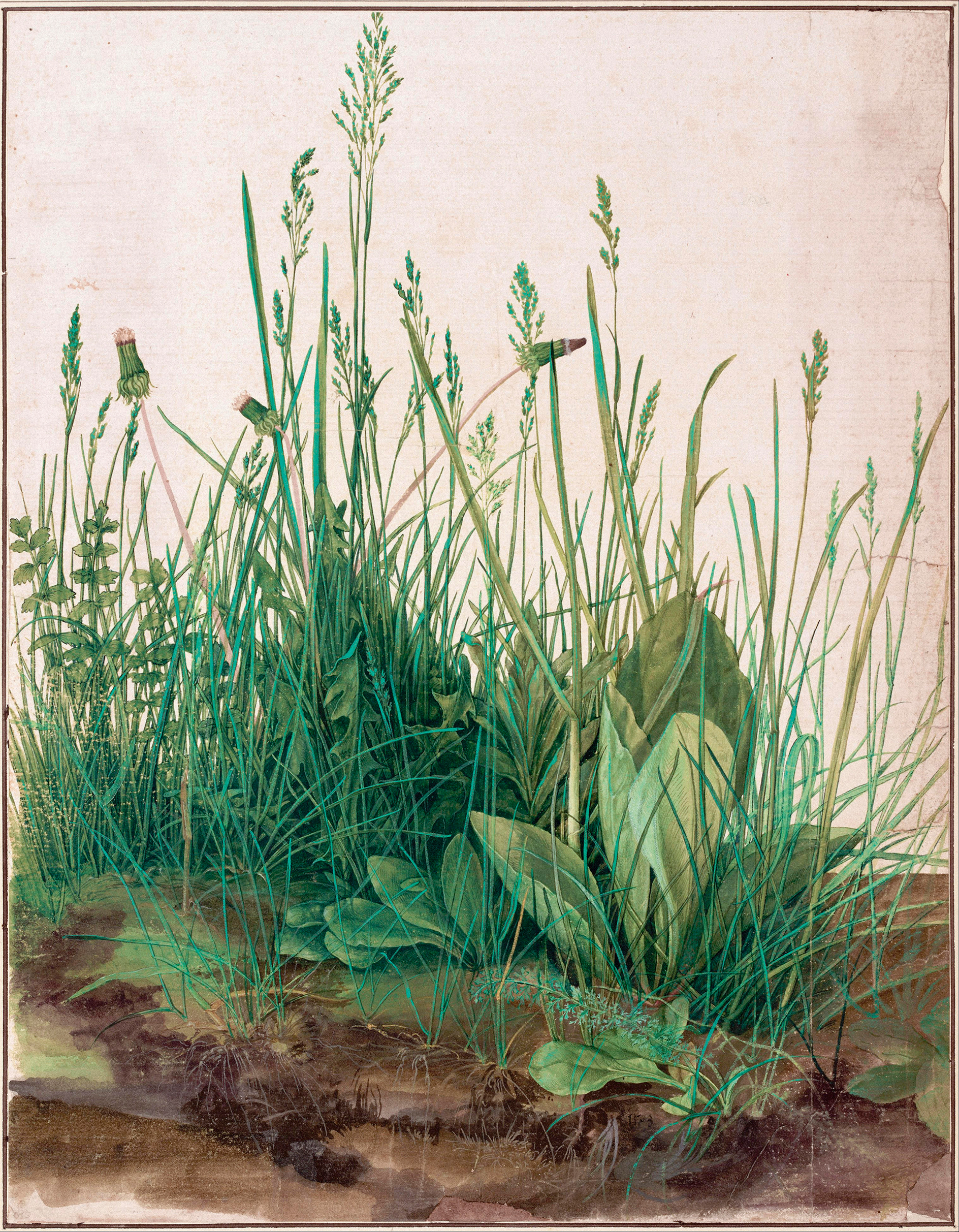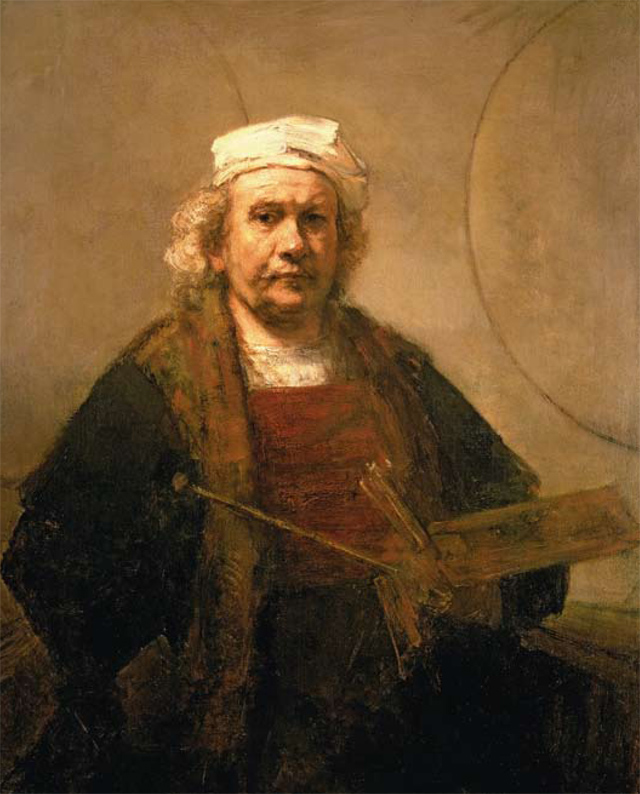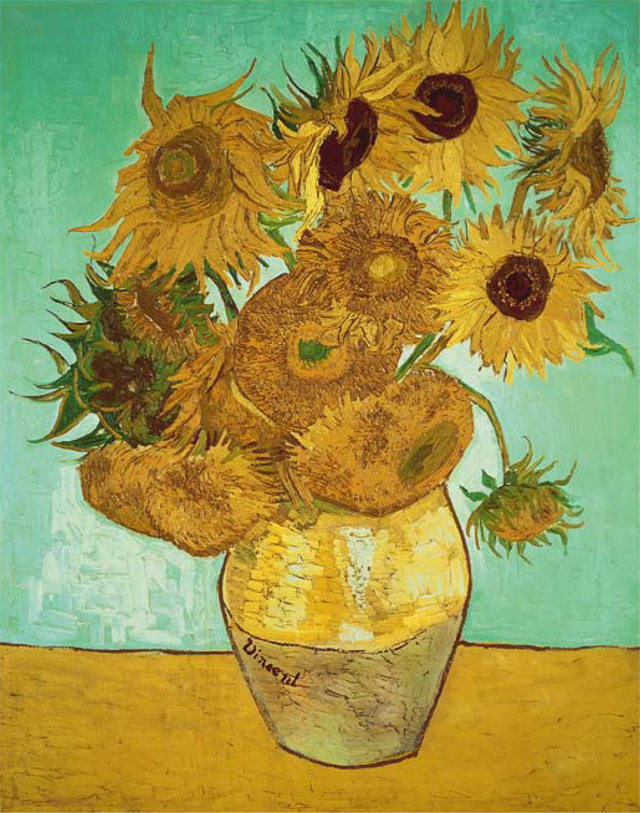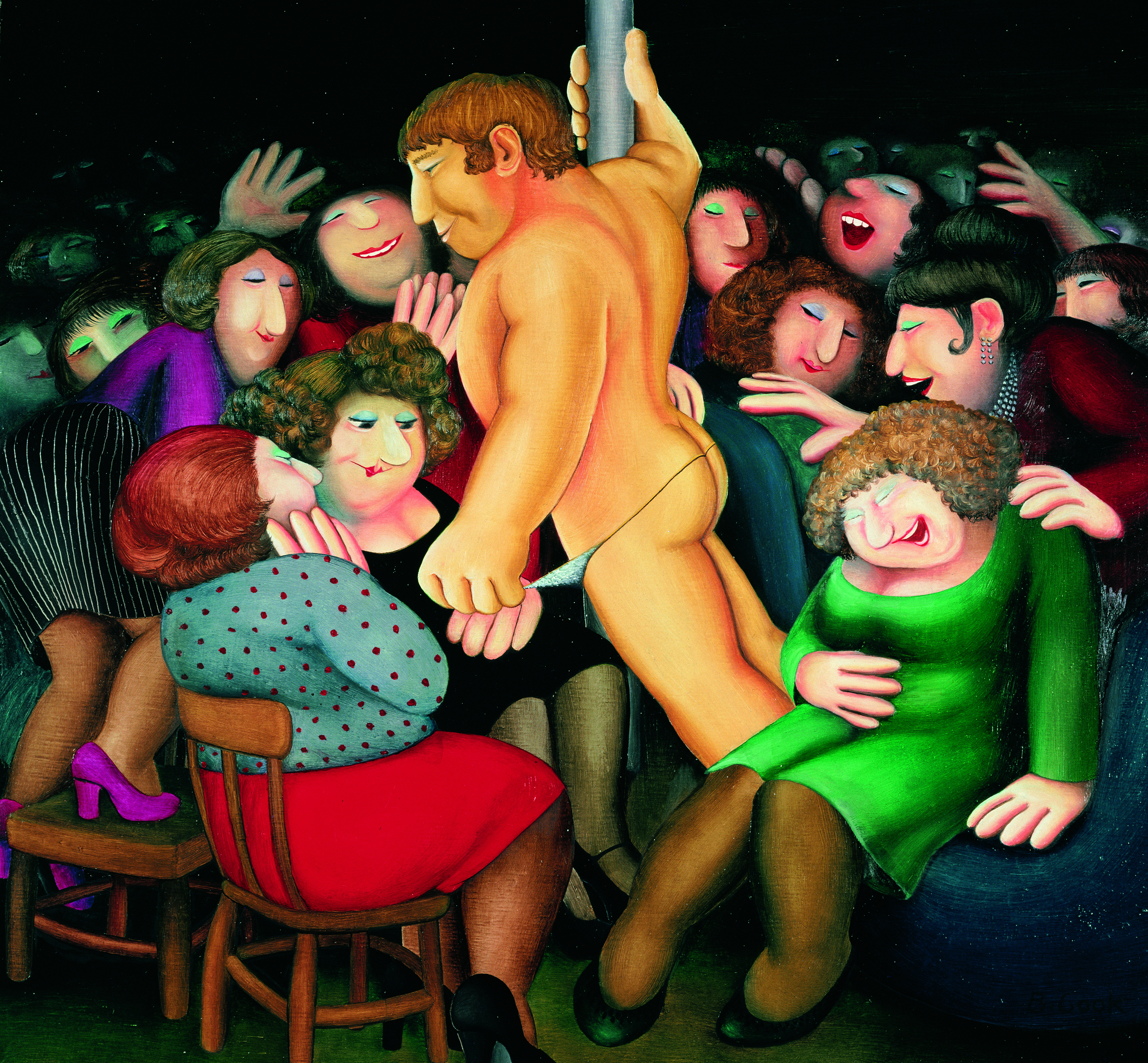My favourite painting: Sally Clarke
Restauranteur and writer Sally Clarke chooses The Great Piece of Turf by Albrecht Dürer, which depicts a jungle in miniature.


Sally Clarke on The Great Piece of Turf by Albrecht Dürer
'Any of the works of Dürer, The Hare showing each and every hair in such great detail, or his woodcut Rhinoceros – surely a most unusual subject in 16th-century Europe? – could have been my firm favourite, but I have chosen The Great Piece of Turf, which depicts a “jungle” in miniature: a multitude of green (my favourite colour, of course) weeds and grasses and earth.
'The more I look at this image, the more I see, and the more I find myself being drawn into the mud. Sometimes, I expect to see an ant or a snail crawl out from underneath a leaf, but it remains still.'
Sally Clarke is a restaurateur and writer. Her latest book, First Put on Your Apron, is published in September.
John McEwen comments on The Great Piece of Turf
This picture was first drawn on paper with pen and ink, then painted with watercolour and gouache (body colour) — a thicker watercolour made by additions to the pigment, notably of opaque white derived from clay or barite. It was painted the year after Dürer’s equally meticulous and famous The Hare, also drawn and painted on paper by the same means, and does, indeed, present a grassy hunk of hare habitat.
The Hare is signed, Turf is not, yet both remain unsurpassed in their reality and charm, then as now. The Hare is marginally smaller, 10in by 8in, and, therefore, even when habitually and mistakenly called The Young Hare, is clearly not as realistic because it is not life-size; whereas the Turf is as great as in reality. Perhaps Dürer kept it for himself with no need for a signature.
What Leonardo-like curiosity and bravado of him to choose literally a slice of life, not an isolated specimen or picked arrangement. Doubtless, it was cut as a sod, roots and all, the better to enable him to paint it. Nonetheless, it is a miracle of observation for such a frail and complex subject. Botanists have named the contents of the arbitrary clump: cock’s foot, creeping bent, smooth meadow-grass, daisy, dandelion, germander speedwell, greater plantain, hound’s tongue, yarrow. The left side is cropped, depth and space conveyed by the contrasting horizon line on the right.
It becomes micro and macro, a turf in a landscape. As our enchanting miniaturist Nicholas Hilliard (1547–1619) wrote of Dürer: ‘The most exquisite man that ever leaft us lines to vieue.’

My Favourite Painting: Lucinda Bredin
Lucinda Bredin chooses her favourite painting for Country Life.

My Favourite Painting: Meera Syal
Meera Syal chooses her favourite painting for Country Life.
Exquisite houses, the beauty of Nature, and how to get the most from your life, straight to your inbox.
My Favourite Painting: Lynn Barber
Lynn Barber chooses her favourite painting for Country Life.

My Favourite Painting: Barry Cryer
'Like all her work, it displays a ripe sense of humour, which is what attracted me to it. No pretension,
Country Life is unlike any other magazine: the only glossy weekly on the newsstand and the only magazine that has been guest-edited by His Majesty The King not once, but twice. It is a celebration of modern rural life and all its diverse joys and pleasures — that was first published in Queen Victoria's Diamond Jubilee year. Our eclectic mixture of witty and informative content — from the most up-to-date property news and commentary and a coveted glimpse inside some of the UK's best houses and gardens, to gardening, the arts and interior design, written by experts in their field — still cannot be found in print or online, anywhere else.
